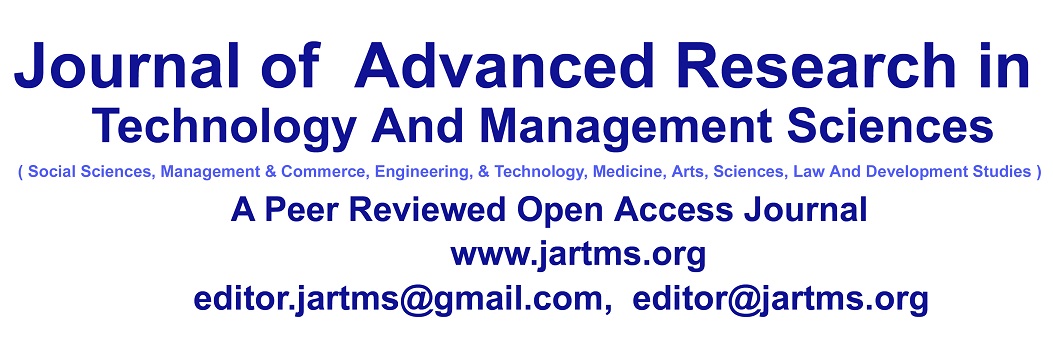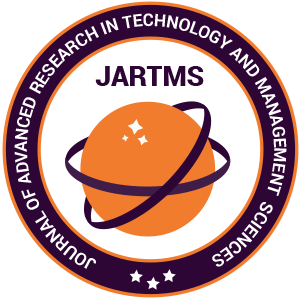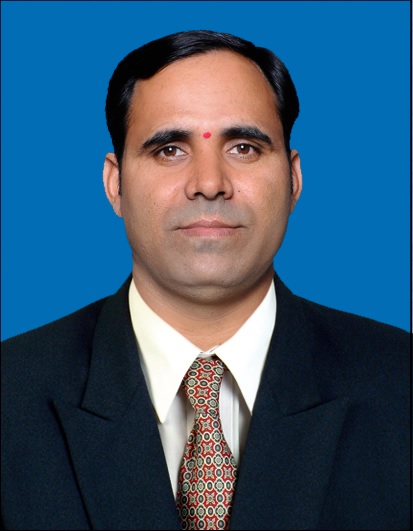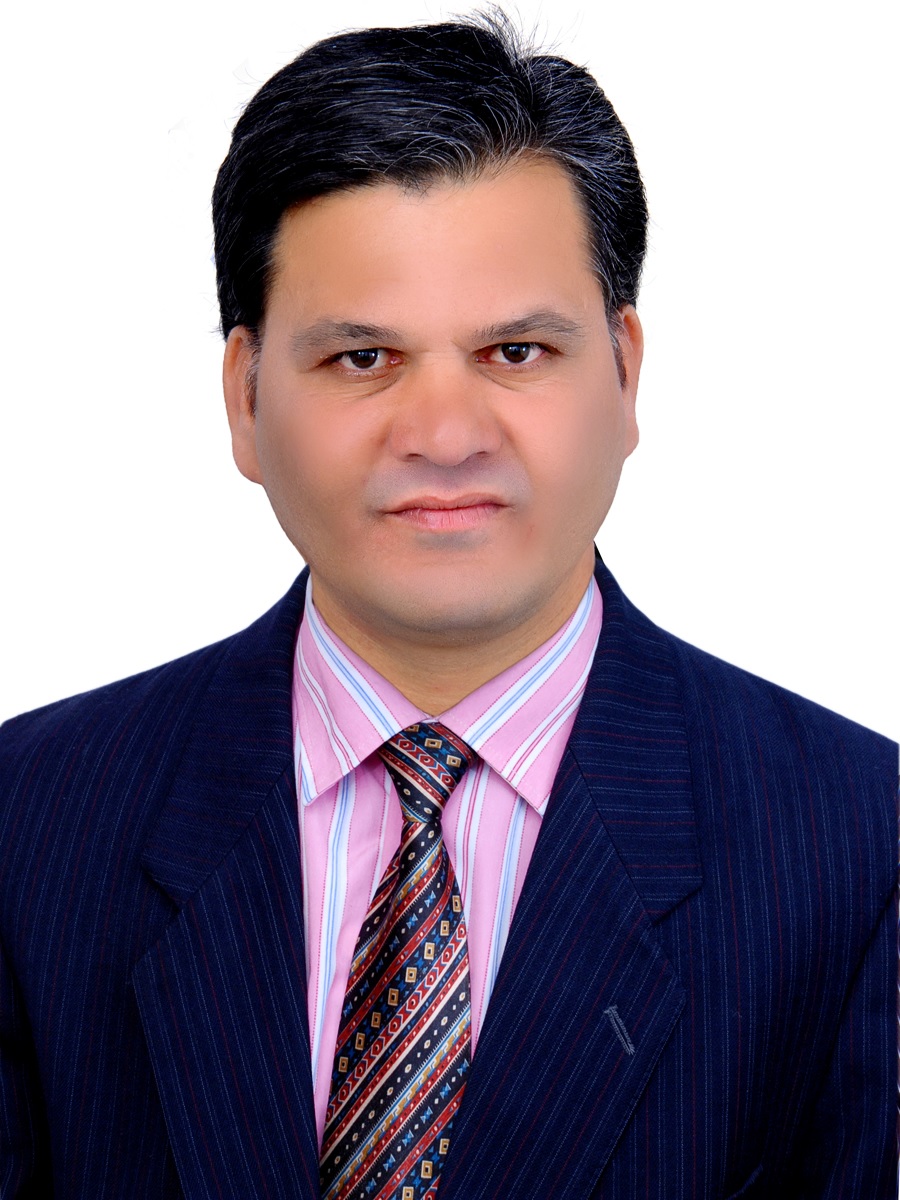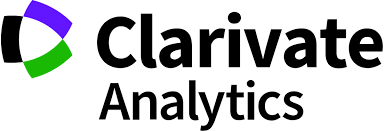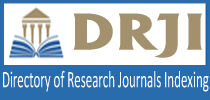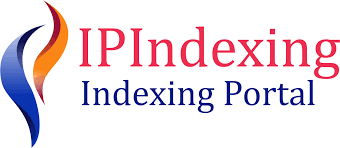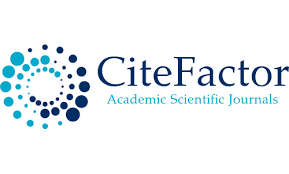Peer Reviewed Policies
Peer review is intended to improve the accuracy, clarity, and completeness of published manuscripts and to help editors decide which manuscripts to publish. Peer review does not guarantee manuscript quality and does not reliably detect scientific misconduct.
Peer reviewers should be experts in the manuscript’s content area, research methods, or both; a critique of writing style alone is not sufficient. Peer reviewers should be selected based on their expertise and ability to provide high quality, constructive, and fair reviews. For research manuscripts, editors may, in addition, seek the opinion of a statistical reviewer.
Peer reviewers advise editors on how a manuscript might be improved and on its priority for publication in that journal. Editors decide whether and under which conditions manuscripts are accepted for publication, assisted by reviewers’ advice.
Peer reviewers are sometimes paid for their efforts but usually provide their opinions free of charge, as a service to their profession. Editors should require all peer reviewers to disclose any conflicts of interest, financial or otherwise, related to a particular manuscript and should take this information into account when deciding how to use their review. Generally speaking, people with a direct financial interest in the results of the manuscripts should not be reviewers.
To be considered peer reviewed, a journal should have obtained external reviews for the majority of manuscripts it publishes, including all original research and review articles. Some editors request peer review for other kinds of articles, such as opinion pieces (commentaries/editorials) and correspondence. To have been peer reviewed, a manuscript should have been reviewed by at least one external reviewer; it is typical to have two reviewers and sometimes more opinions are sought.
Editors of peer-reviewed journals need not send all submitted manuscripts out for review. Manuscripts that seem unlikely to be published in that journal may be returned to authors without external review, to allow authors to submit the manuscript to another journal without delay and to make efficient use of reviewers’ and editors’ time.
Editors should state their journal’s peer review policies, including which kinds of article are peer reviewed and by how many reviewers, in the instructions for authors. Editors should also periodically publish statistics describing their journal’s review process, such as number of manuscripts submitted, acceptance rate, and average times from manuscript submission to rejection letter to authors and, for accepted manuscripts, time to publication.
All published articles in world journal of pharmaceutical sciences are peer reviewed and all manuscripts submitted follows the procedure outlined below.
Initial Manuscript Evaluation:
All manuscripts submitted for publication in Journal are firstly evaluated by the Editorial Board Members. The editors employ double blind reviewing, where both the referee and author remain anonymous throughout the process.

